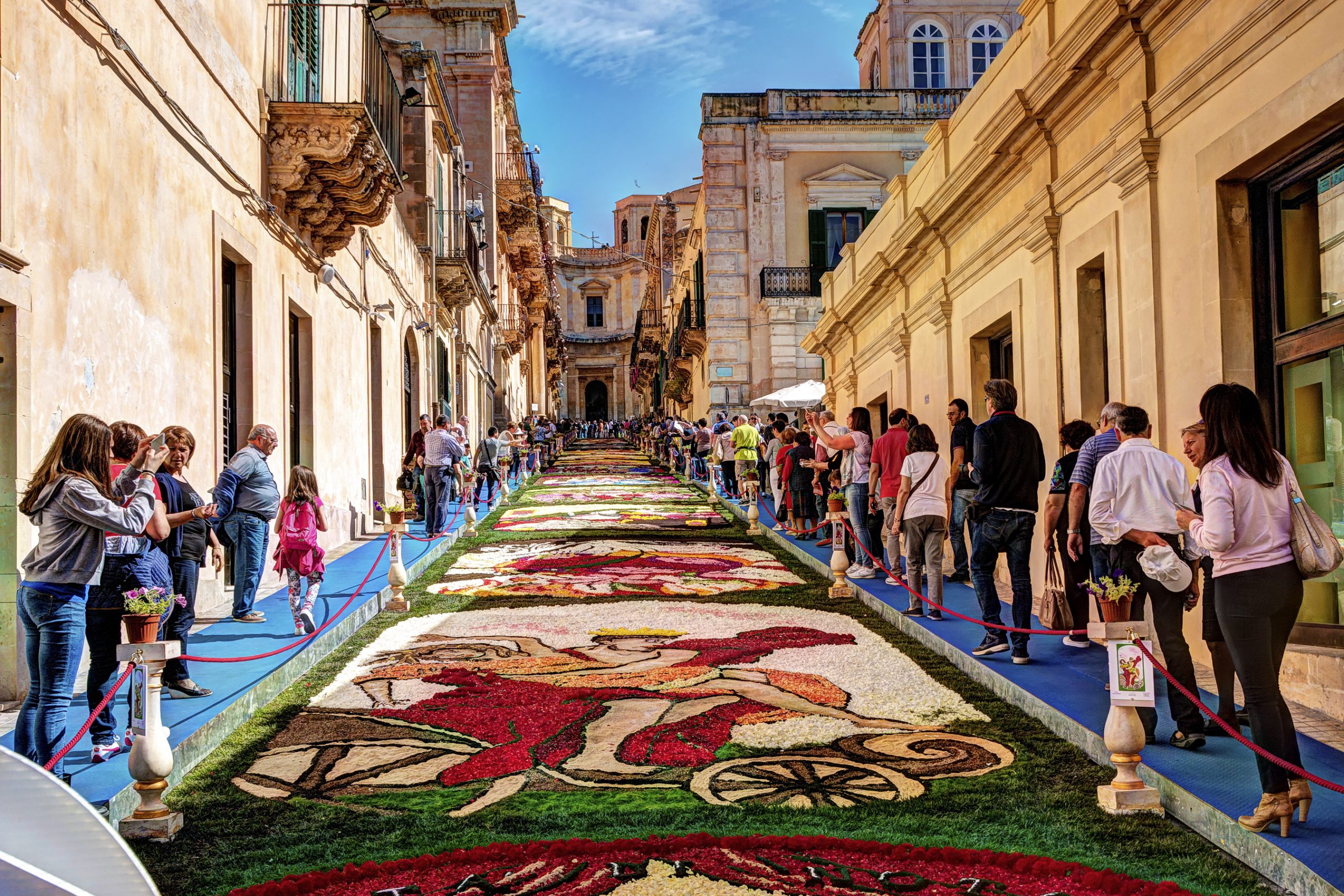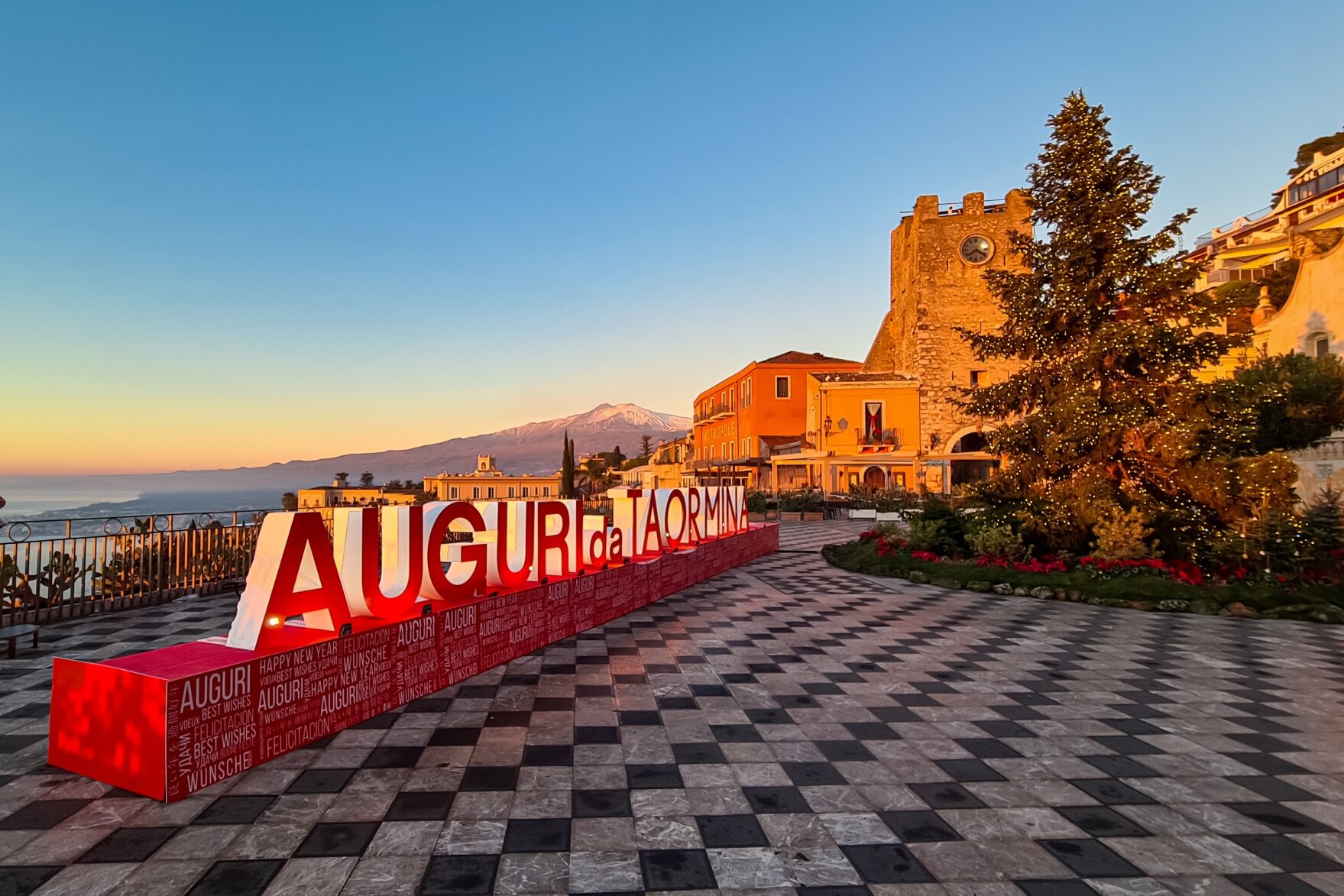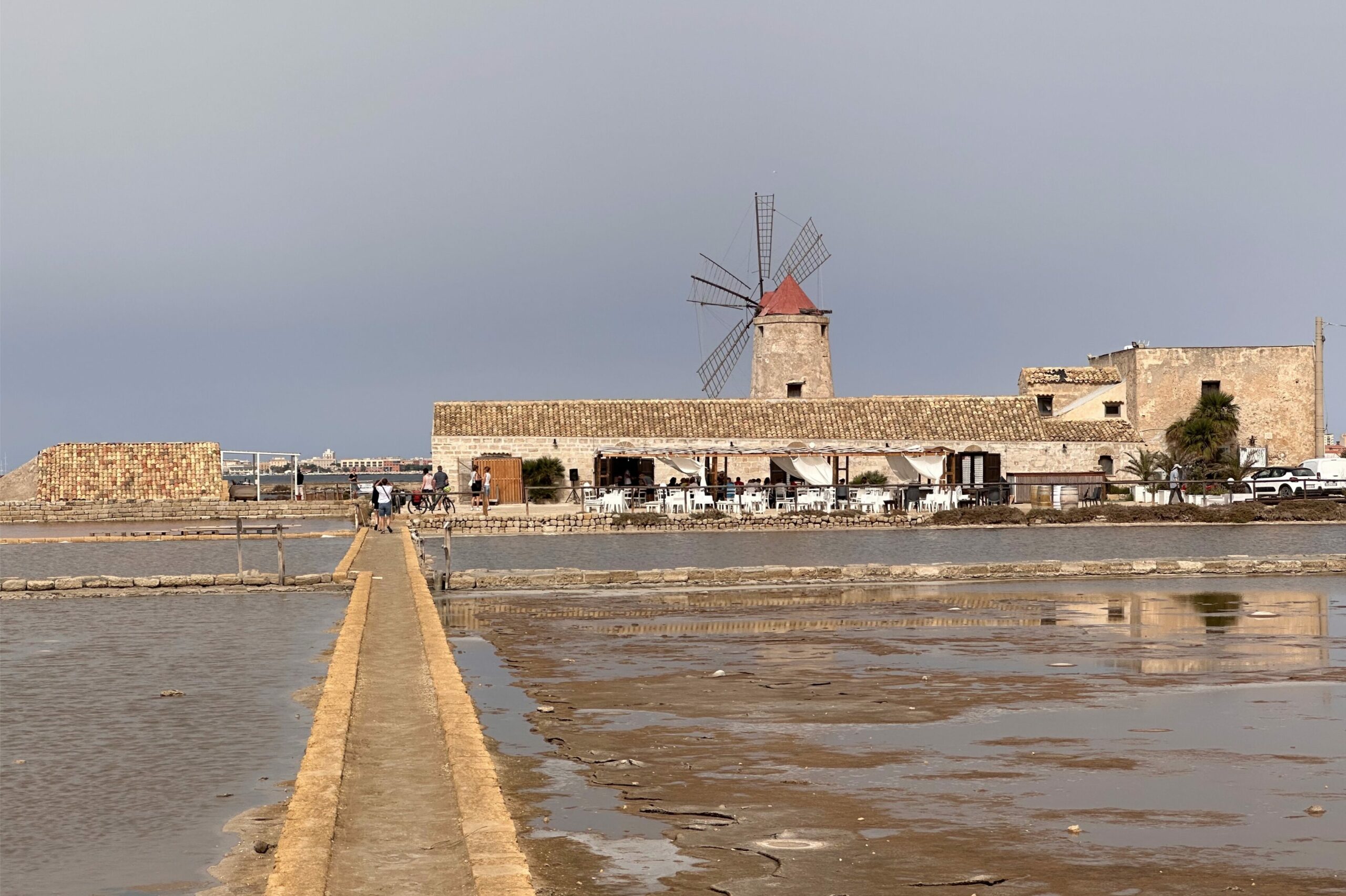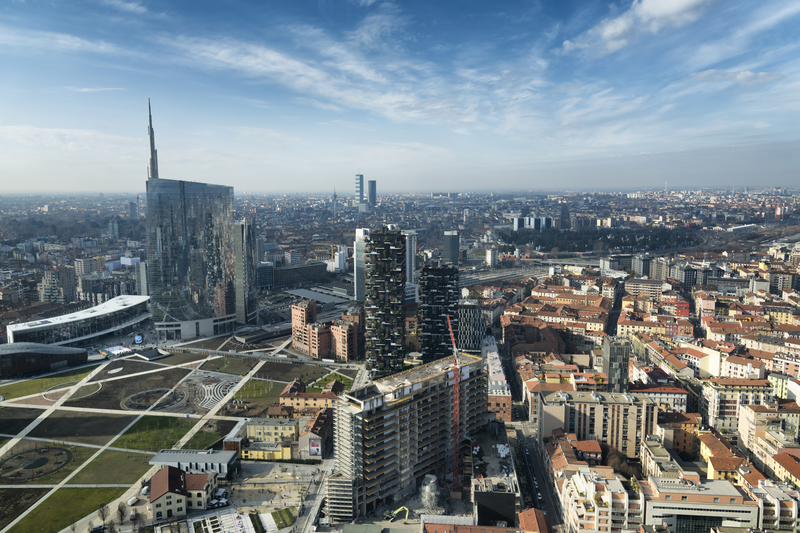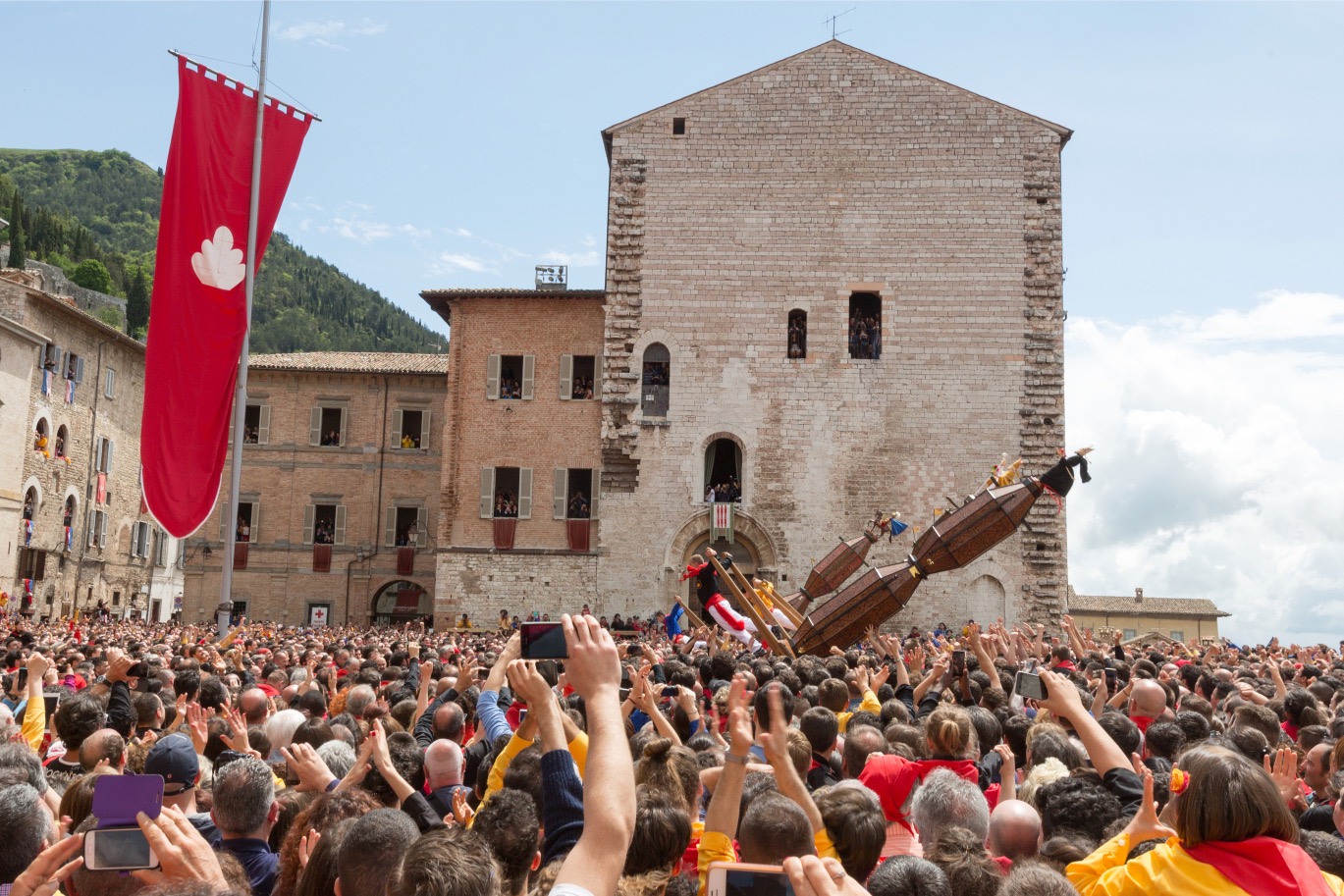In a world where color photographs are ubiquitous, we tend to be unaware of its humble beginnings. Born in Scandiano, Italy in 1943, Luigi Ghirri became a champion of contemporary photography. He pioneered color photography, often taking snapshots of landscape and architecture.
Having studied graphic design and land surveying in college, Ghirri began photography in his 30s. He experimented with color photography through photographing parks, beaches, and urban scenes in Emilia Romagna and throughout Italy.
The “tenuous balance between people and their surroundings” was a focal point of his work. He confronted places other photographers avoided – like the blank space between two landscape paintings or a window overlooking the Versailles garden. He focused on the moments and scenes that others tended to ignore, unveiling the “oddity and sublimity” of everyday life.
Ghirri swiftly gained global recognition. Time-Life magazine dubbed him “Discovery of the Year” in its Photography Year publication in 1975. In 1982 he was named one of the twenty most significant photographers of the 20th century for his series Topographie-Iconographie.
He collaborated with iconic painter Giorgio Morandi in his private studio. He published his first photobook, Kodachrome, comprised of his own photos in 1979. These images are “casual, elegant, surreal depictions of life in Italy and the surrounding countries” – a couple walking in the snowy Switzerland peaks, a young man examining an Eiffel Tower souvenir in Paris, a couple in bathing suits playing with a beach ball in the sand.
His photographs are praised as having “a fathomless depth of field, each glare and hue and nick intact.” This, combined with his ironic wit and dry sense of humor, gives viewers a deep experience. Ghirri’s photos drew heavily on the atmosphere and backdrops of his photos. He used sunsets, hazy whites, golds, etc.
Photoshop has become a useful tool for modern media. He unwittingly discovered this photo manipulation technique when photographing a sunbather. He portrayed his subject in front of a cruise ship as an intentional optical illusion – the sunbather was not in front of the cruise ship when he took it! Ghirri seems to have created his effect by cutting a wavy edge on the bottom of a cruise ship photo, essentially using Photoshop by hand.
He began photographing Italian landscapes in the 1980s and was labeled one of the most significant authors of 20th century photography. He conjoined conceptual photography and literary motifs, which led to an assortment of profound photographic projects. Viaggio in Italia (Italian Voyage) included reflections and ideas of Italy, becoming a milestone in Italian photography history. Perhaps, it was so significant because he collaborated with other leading Italian photographers including Olivo Barbieri, Mimmo Jodice, and Gabriele Basicilico.
Ghirri and his wife Paola Borgonzoni Ghirri founded the publishing house, Punto e Virgola, to promote Italian photography, public artist monographs, and educate audiences on photography as art. Il Profilo delle Nuvole (Cloud Profiles) was his most noteworthy achievement, displaying his most captivating images. Other notable works include Egmund Am Zee (1977), which shows a blue sky overshadowed by a Coca-Cola Flag, and Riva di Tures (1977), showing a jet streak as the upper border of a pyramid atop two mountain peaks.
The photographer not only replicated images via the camera, he explored reality with great depth and ingenuity. For him, photography was less representation and more a form of poetry and communication. He saw it as a “mental habitat where boundaries and territories intersect and fluctuate”. He defied traditional views of Italy in the 1970s and 1980s.
Ghirri only had one solo show in New York before his 1992 death. Since then, he has been featured in numerous publications and museums, including the Museo della Fotografia Contemporanea (Milan), Museum of Modern Art (New York), Bibliothèque Nationale (Paris), and Canadian Centre for Architecture (Montreal). The National Museum of the 21st Century Arts (MAXXI) in Rome featured an exhibition on his life and work in 2013.
Next time we admire a thoughtful juxtaposition of people and their everyday surroundings, a landscape of Emilia Romagna’s mountains, or a Photoshopped image of Kim Kardashian, let’s raise a glass to Luigi Ghirri.





